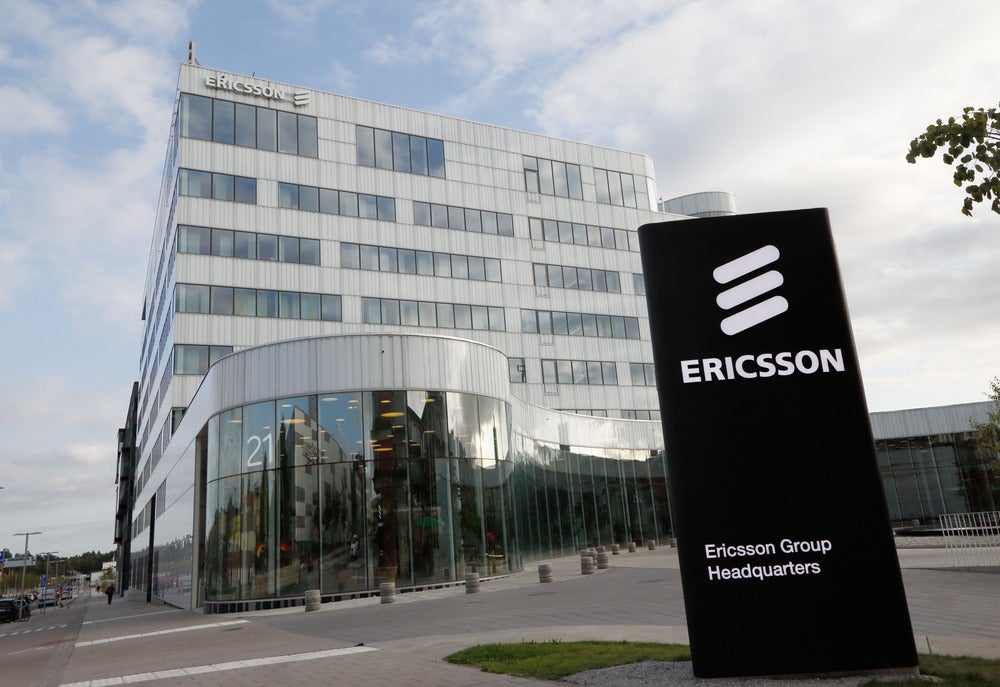
With the who’s who of global IT industry gathered at the Mobile World Congress in Barcelona in late February, much of the fanfare was concerned the latest designs for foldable screens, virtual reality devices and ultra-fast networks.
But far less flashy in its press statement, but no less significant, was one by Australia’s leading telecoms player Telstra about its partnership with Australia’s leading retail bank the Commonwealth Bank of Australia (CBA) and network vendor Ericsson, to work on 5G use cases for the banking industry.
While this did not draw the attention of announcements from Huawei and Samsung about their next generation smartphones, it highlighted an issue more important than the next futuristic device, rather it raised the issue that consumers and enterprises alike still do not exactly know what 5G technology is able and not able to achieve.
Network vendors and telecoms providers have been evangelising about the next evolution in mobile technology for years, but in 2019 when 5G is expected to bear fruit, there is still a conspicuous lack of key 5G use cases.
Industry collaboration is key for 5G
There are many mobile network operators who have already launched or will launch 5G in 2019, however many are light on details on what the technology will achieve differently from existing networks.
Sprint, in the US, has announced it will launch 5G in several cities in May 2019, however, the carrier does not own mmWave spectrum and speeds will be comparable to some achieved by LTE-A networks today.
How well do you really know your competitors?
Access the most comprehensive Company Profiles on the market, powered by GlobalData. Save hours of research. Gain competitive edge.

Thank you!
Your download email will arrive shortly
Not ready to buy yet? Download a free sample
We are confident about the unique quality of our Company Profiles. However, we want you to make the most beneficial decision for your business, so we offer a free sample that you can download by submitting the below form
By GlobalDataVerizon launched its version of 5G in October of 2018, but this was simply a rural fixed wireless broadband solution, not the revolutionary network of the future marketing had promised.
Telstra’s announcement shows that the company is trying to tackle this issue, and rather than just provide a slightly faster pipe, or suggest use cases to the public, it is working with industry players to deliver 5G solutions that will have a chance to make a market impact immediately.
Telstra is not the only telecoms provider globally to take this vertical approach to develop 5G. AT&T in the US is already targeting five sectors with its 5G messaging including manufacturing, retail, transportation, healthcare and finance. In Korea, SK Telecom’s first commercial 5G customer is auto-parts manufacturer Myunghwa Industry, with which the telco co-developed a 5G-based quality check solution for its factories.
Edge computing in a 5G context
Telstra, Ericsson and CBA are focusing on edge computing in their partnership. Edge computing in a 5G context generally means putting more computing power into the network near devices like smartphones, point-of-sale terminals and ATMs, as opposed to far off data centres and clouds.
This type of network design has the potential to be incredibly beneficial to the banking industry making this partnership a good fit for the CBA. For example, this enables capabilities like reduced network latency, with more computation occurring closer to devices, things like payment verification and clearing can occur more quickly, an AI bank teller can respond in real time to customer questions and balances can be updated immediately.
Further pushing workloads closer to the edge means a reduced need for backhaul bandwidth for the bank, improving network cost and efficiency. Edge computing used in 5G also helps operators provide network slices; virtual-mini networks created using software, using the same shared infrastructure of the overall physical network.
Further, with 5G’s native service-based architecture (network services can be integrated readily and easily using APIs, rather than physical interfaces) new services can be added to the network as needed.
For example, these slices can enable the CBA to move point-of-sale terminals to a slice with guaranteed uptime, but limited bandwidth as transaction data is relatively small while monitoring transactions. Another case for network slicing with edge computing is to place extra security features on top of a mobile network slice to enable things like mobile customer verification and higher value remote transactions.
Banking needs to innovate to stay relevant
This partnership is not only important to the technology and telecoms players involved, but to the Australian banking industry as well. While the finance and banking industry is still growing strong, changes in consumer behaviours and new market entrants mean traditional leaders like the CBA need to innovate to stay ahead and working with Telstra on 5G banking solutions may help the company maintain its retail banking lead and remain innovative.
Banking in Australia is increasingly mobile. According to GlobalData’s 2018 Retail Banking survey, a majority of Australians (57.3%) accessed bank services via a mobile device at least once a month, compared to only 27.1% who visited a physical branch.
Meanwhile, young Australians, in particular, are increasingly comfortable with branch-less banking all together with only 31% of Australian millennials stating they would be unwilling to use a digital-only bank as part of the same GlobalData survey.
Banking in Australia is becoming increasingly digital-focused and the CBA can use this partnership to help innovate services to keep pace with the change.
Co-creating business benefits, beyond banking
Telstra and its competitors should continue to explore use cases for 5G and with 5G consumer devices still a way off, industry collaboration seems a natural fit.
Telstra, Optus and VHA can all benefit from working with a number of Australian industries beyond banking on how they can use 5G. Further, expanding to work with more developers and vendors will also be necessary as many 5G use cases will involve more end-to-end industry expertise.
While monetisation of 5G is critical for the operators, innovation and technology can help many businesses in Australia that are being upended by digital disruption. Retail, property, mining, health and more are all facing challenges from new digital competitors. A co-creation model can help both the operators and businesses grow together in the digital age.








Related Company Profiles
Telstra Corp Ltd
SK Telecom Co Ltd